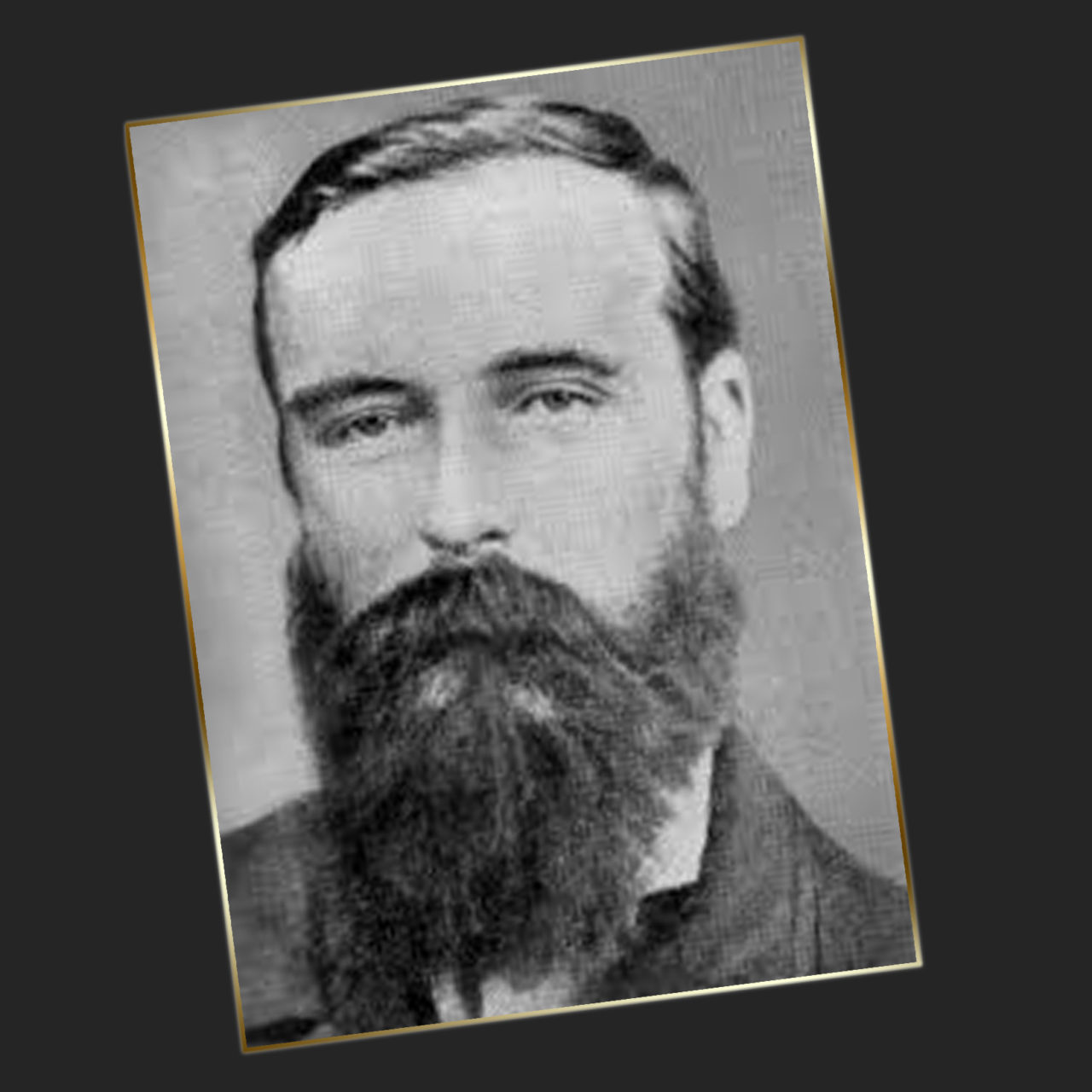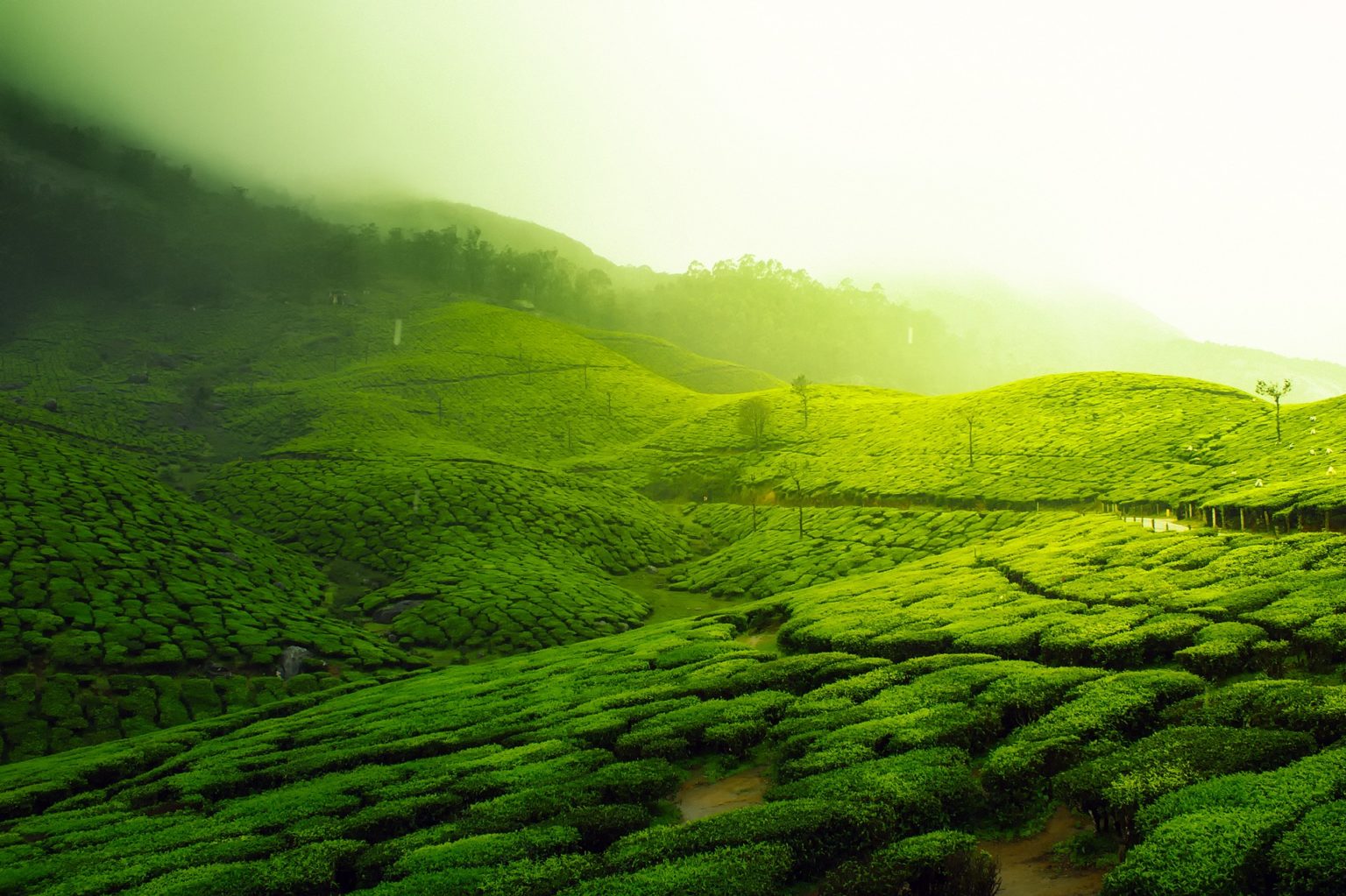


The Legend of Ceylon Tea
James Taylor
It was in 1824 that the first tea plant was brought from China by the British and planted in the Royal Botanical Gardens in Peradeniya, Kandy. It is considered to be the first non-commercial tea crop to be grown in the country. Close to two decades later, in 1867 James Taylor, a Scotsman was given the task of growing tea on just 19 acres of land in Loolecondera Estate in Kandy. This is considered the first commercial crop of tea to be grown. With the devastating coffee blight that swept through the coffee plantations, coffee cultivators moved over to tea as an alternative commercial crop. Taylor earger to experiment with tea, soon set up his own tea ‘factory’ probably the first in the country in the verandah of his bungalow in Loolecondera Estate. Here the leaves were rolled by hand on tables and the firing done on clay stoves over charcoal fires, with wire trays to air the leaves. The end result was a delicious tea, probably the first commercial cup to be brewed. Taylor later created basic machinery for rolling the leaves, had many people to support him process the tea, and a year later he sent the 23 pounds of tea to London. Taylor continued to develop the tea industry with his innovative thinking until he died in 1892 at the age of fifty seven.
After James Taylor
Nearly 200 years after the first commercial tea crop was planted in Sri Lanka by James Taylor, Tea production grew rapidly with all coffee plantations being converted to tea. With this the country saw a dramatic increase in tea production growing to nearly 400,000 acres in around 1899. British personalities such as Ranolph Trafford, considered a pioneer planter with vast knowledge on tea cultivation arrived in the country to work closely with the numerous tea estates. Coffee stores were converted to tea factories so as to accommodate the first “Sirocco” tea dryer by Samuel C. Davidson in 1877 and the first tea rolling machine by John Walker & co in 1880. In addition to the newly installed machinery, many new tea factories which included Fairy Land Estate (Pedro) in Nuwara Eliya were constructed along with the introduction of innovative methods of mechanization brought from England. With the popularity of tea growing it soon began selling at the tea auctions. The first such public auction was held at the premises of Somerville & Co. in July 1883 under the auspices of the Ceylon Chamber of Commerce. One million tea packets were sold at the Chicago World Fair in 1893, with tea establishing a record price of £ 36.15/pound at the London Tea Auctions.

Ceylon Tea, Today
Tea packed in Sri Lanka is world-renowned as the finest tea in the world. The export of tea today is one of the most important sources of foreign exchange for the country and accounts for 2% of the GDP in 2013 contributing US$ 1,527 million to the country’s economy. The industry employs over 1 million people, both direct and indirect, and is the world’s fourth-largest tea producer. Sri Lankan tea has continued to have international success despite the growing competition. The Tea industry continued to grow in 2007 and 2008. Tea production hit a record of 318.47 million kilograms (702.1 million lbs) in 2008, up from 305.2 million kilograms (672.9 million lbs) produced in 2007. In 2008 export earnings struck a record high of $1.23 billion for the full year, up from $1.02 billion in 2007. Tea is today synonymous with Ceylon and no Tea gathering is complete without an invigorating cup of Pure Ceylon Tea.
